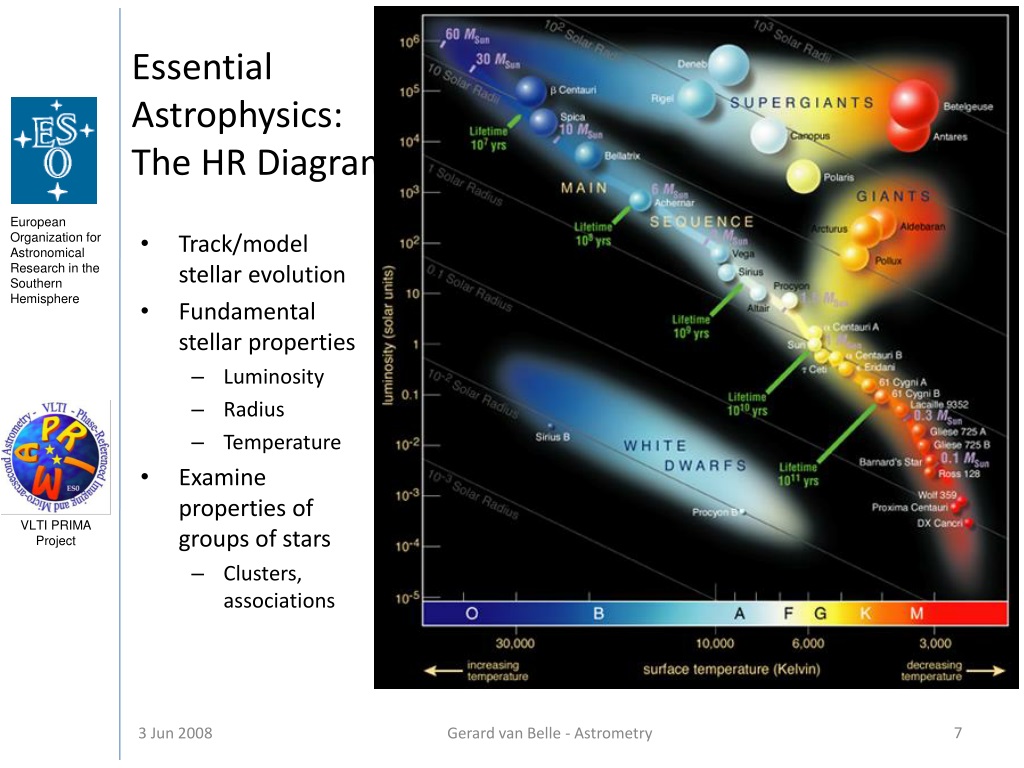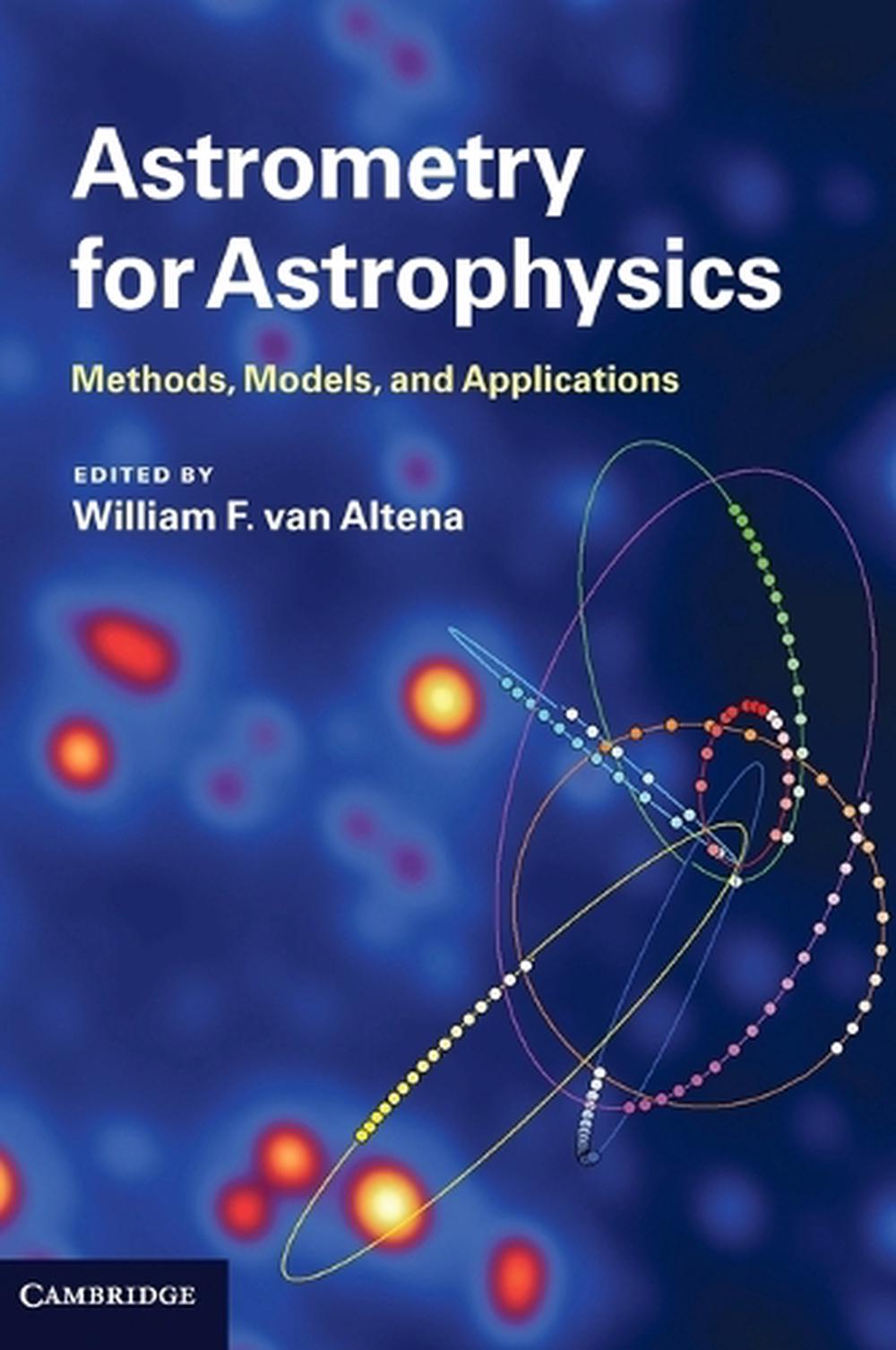
The trick of astrometry is to turn your image coordinates into celestial coordinates. Ideally the (x,y) and (X,Y) coordinates would be the same. These differ from standard coordinates because of things like tilt or rotation of the CCD, and also because of possible optical distortions.
ADU ASTROMETRY SOFTWARE
In addition, most software packages can interact with these catalogs to determine positions of objects in CCD images. They are listed at the bottom of this page.

In fact, these catalogs have been compiled just for this purpose. Fortunately, several star catalogs exist that are suitable for astrometric use.

Assuming such a set of objects with known coordinates exists, you can in principle put any unknown objects on the same coordinate system as the know objects. The basic idea behind astrometry is to determine the unknown coordinates of objects by comparing their location on an image to the location of a set of objects on the same image whose coordinates are already determined. For a more substantial treatment of the background of some of the methods described, see The Handbook of Astronomical Image Processing (HAIP). Here we outline the basic steps you will have to go through in order to obtain accurate positions for objects in your fields. Modern CCD images and analysis software are able to produce positions accurate to better than one arcsecond when suitable catalogs of comparison objects are used. Astrometry is the process of determining positions of objects in your field.


 0 kommentar(er)
0 kommentar(er)
